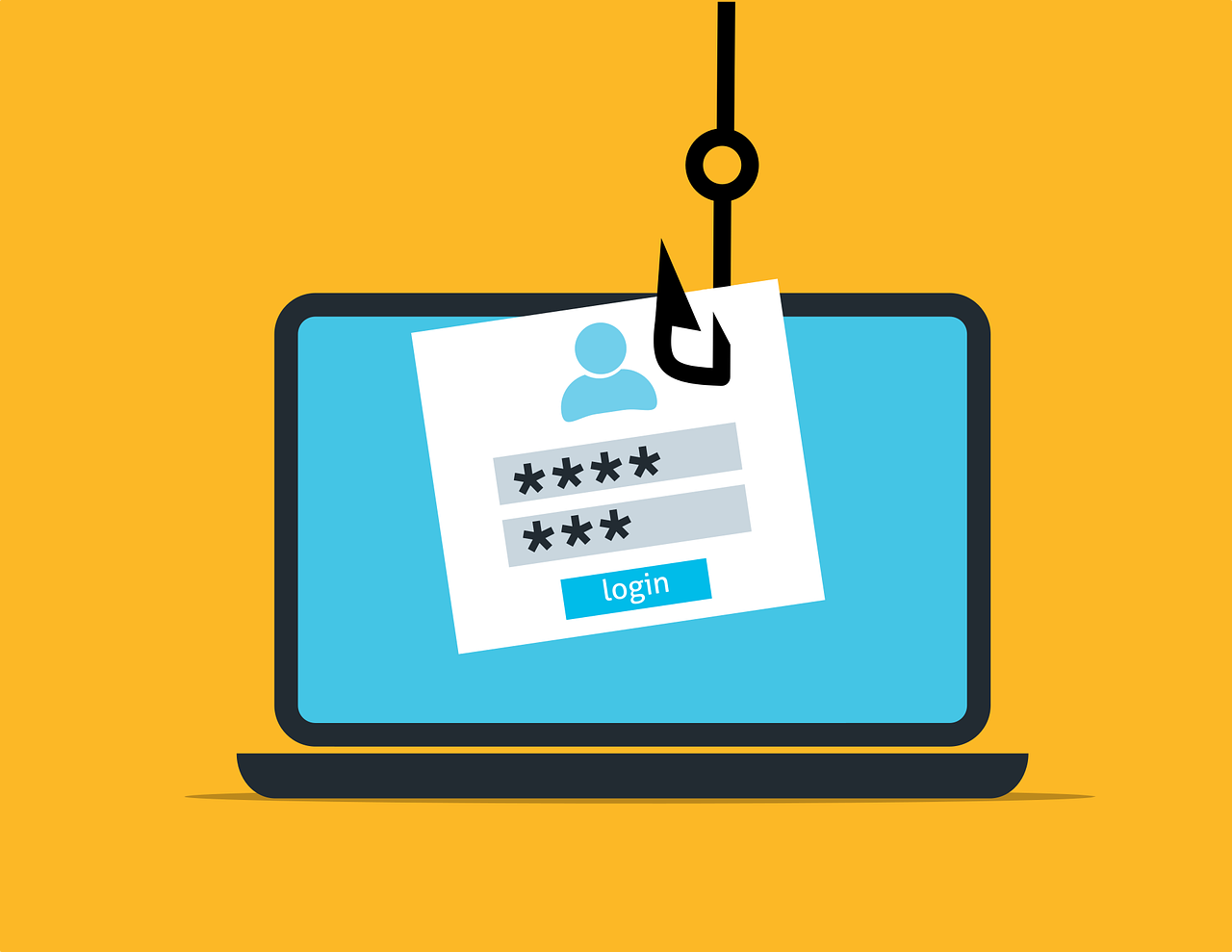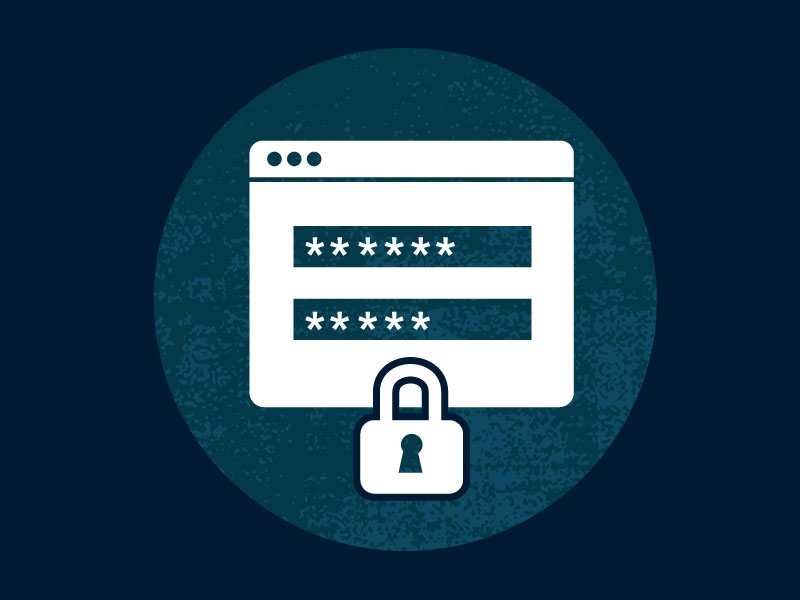Is ChatGPT Your Next Phishing Enemy?

AI technologies such as ChatGPT and Google Bard have the potential to revolutionize productivity and convenience. However, the negative implications of AI, specifically in the realm of cybersecurity, are often overlooked.
For instance, tools like ChatGPT can greatly aid marketing employees in creating templates, emails, logos, and more with speed and efficiency. Unfortunately, these same tools can be exploited by malicious actors to easily craft convincing phishing emails.
According to IBM’s X-Force Threat Intelligence Index 2023, up to 41% of breaches occur due to employees unwittingly opening malicious documents (“maldocs”) embedded in phishing emails. Despite advancements in email scanners and antivirus solutions, such incidents are increasing.
To illustrate the risks associated with AI-generated phishing emails, Pensive Security conducted a test using the ChatGPT 3.5 service to create a reasonably believable phishing campaign with minimal user input.








